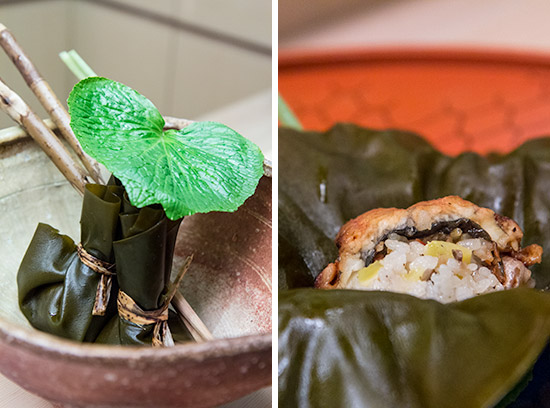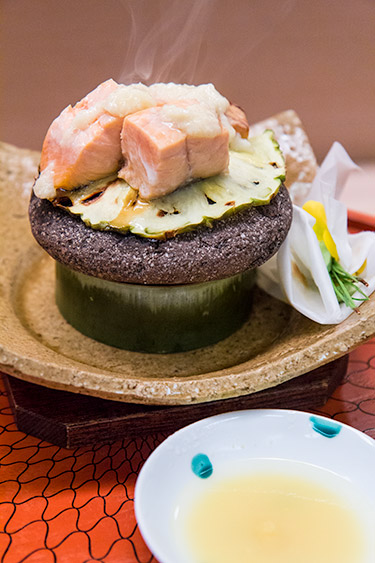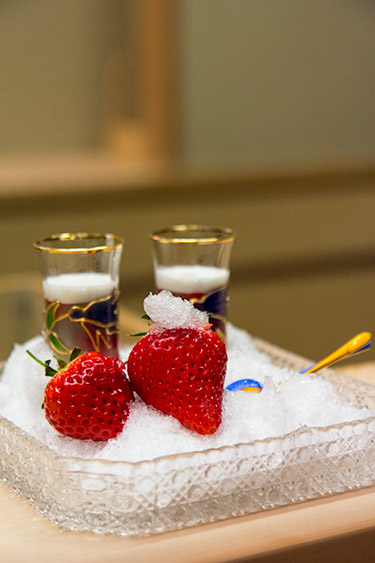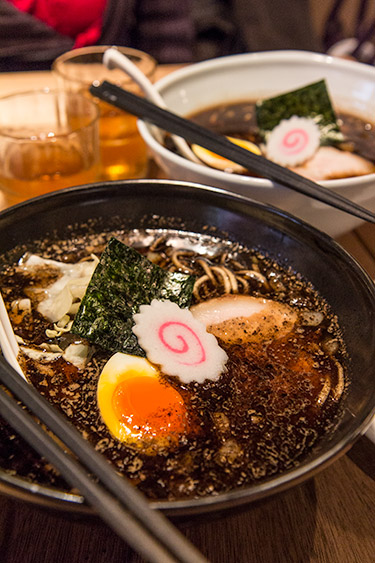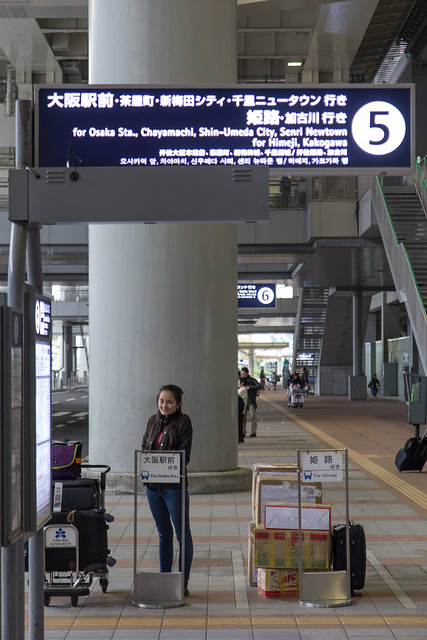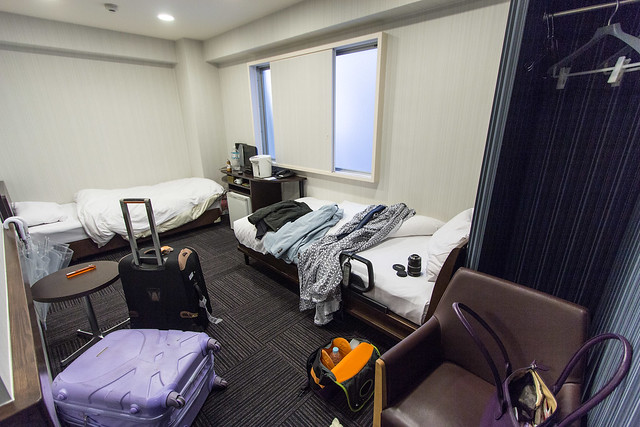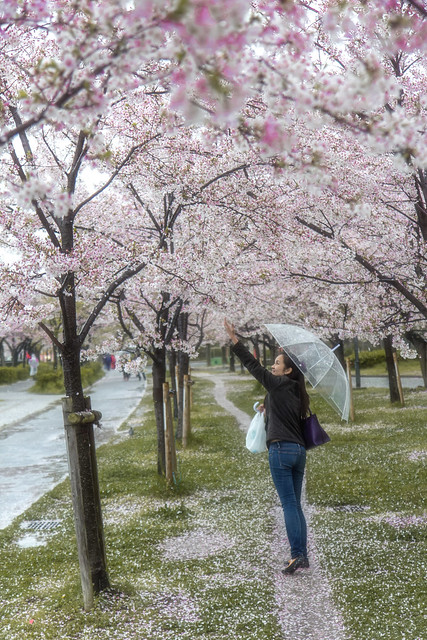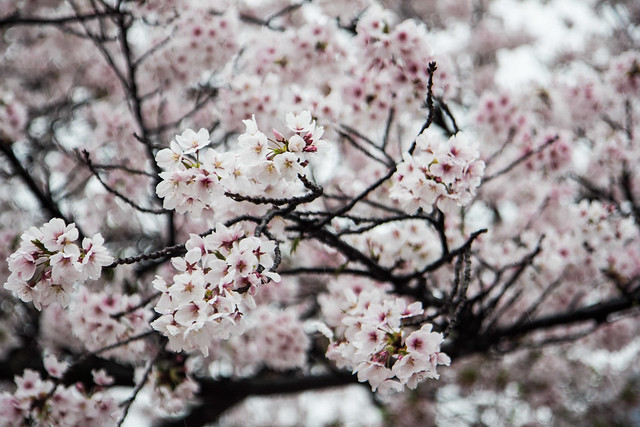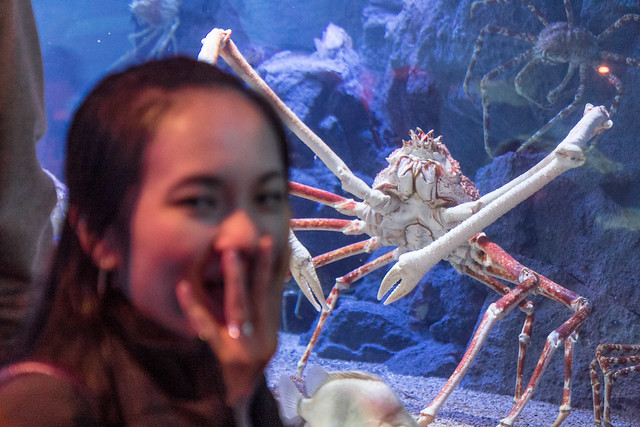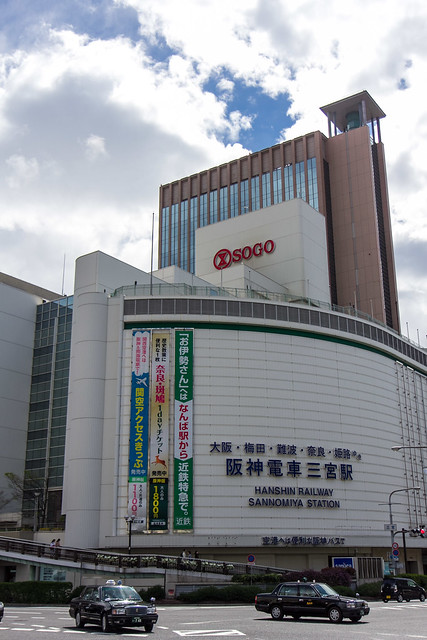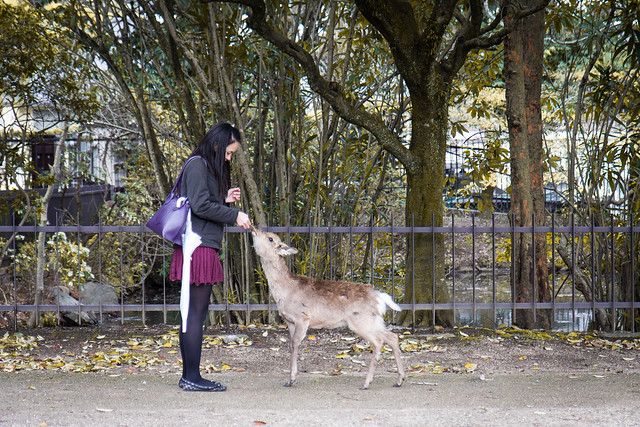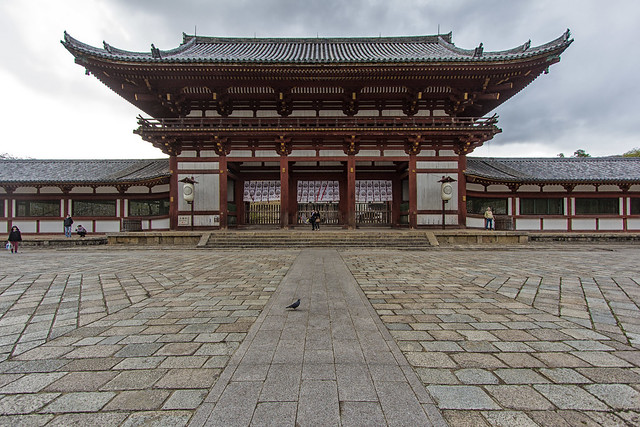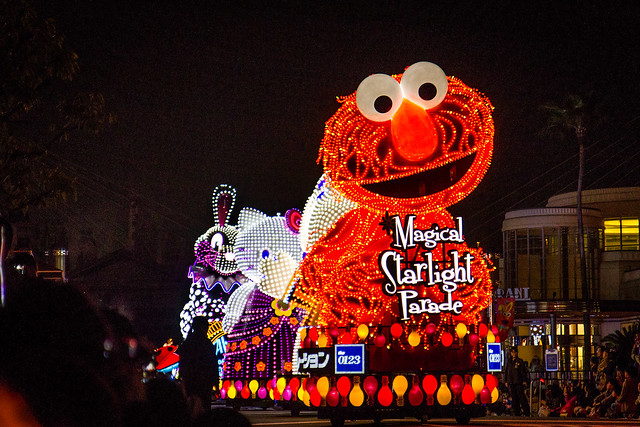Previous Post in this series: Three Days in Osaka
Next Post in this series: Three Days in Tokyo
Day One: We take a JR train in the morning from Osaka to Kyoto - a 30-minute, ¥540 journey, and immediately head to Ryokan Shimizu, a roughly 10-minute walk from the JR Kyoto station. As is fairly standard with Japanese hotels, we're not allowed to check in before the stipulated mid-afternoon check in time, so we just dump our luggage with the front desk and head out.
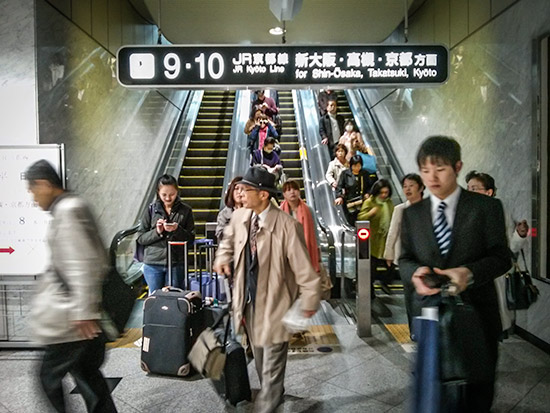
Almost immediately we find out that unlike Tokyo and Osaka, the two other major cities we visit this trip, Kyoto's public transport system is pretty damn inefficient. With only two subway lines for a city roughly equal in area to Tokyo plus Osaka combined, we found ourselves exclusively taking the bus to all the places we wanted to go. Within the general city area, each one-way trip is ¥220 (board the bus from the back door, and pay the driver when you're exiting the front). For the tourist it makes much more sense to buy the daily pass for ¥500 though - available at the JR Kyoto bus station or sometimes available from the bus driver.
Now the main problem about the bus system is that even on the uber popular routes, buses only come about once every ten minutes, so these popular routes get extremely packed. There were a couple trips we took where we were pretty much sardines in a tin can, squeezed so tightly we couldn't even stand properly.

Anyways, for lunch we headed over to Gogyo Ramen, by some margin the most popular Ramen restaurant (among gaijins) in the city. Its specialty is 'roasted' miso and shoyu ramen - greasy, oily, black, burnt. Check out our full review here.
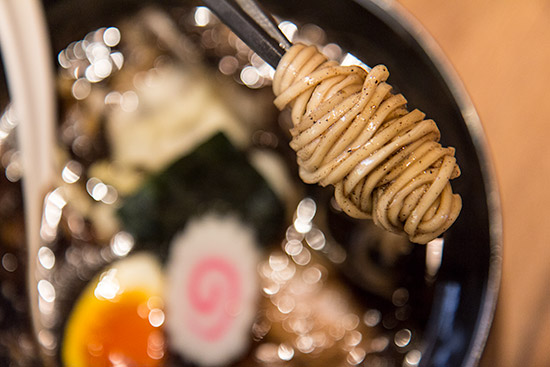
After lunch we adjourn to the nearby Nishiki Market - a few hundred meter long stretch of shops selling some souvenirs and cute omiyage (souvenirs), but mostly food, fruits, vegetables, produce and assorted pickles. Lots of pickles. This is an actual market after all.

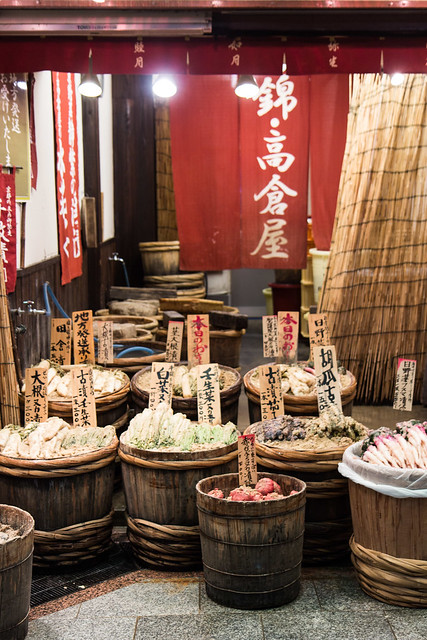
After the market we head back to the Ryokan to freshen up before heading out to dinner. As we mentioned earlier, our choice of accomodation is Ryokan Shimizu. At ¥12,600 per night (considered cheap for ryokan standards) you won't get fancy kaiseki dinners or natural onsens; but you do get a nice, clean (if a little small) room, extremely friendly and helpful front desk staff (who also speak good English), and a 'public' bath that isn't really public since residents take turns booking the bath for their private use.
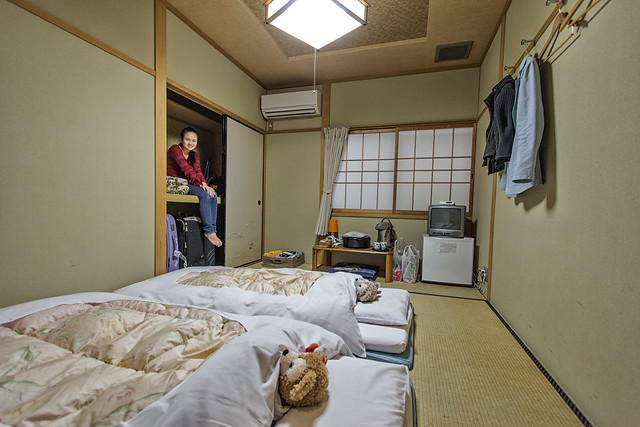
Speaking of kaiseki, we splurged ¥25,000 per person on a kaiseki dinner at Kichisen Kyoto. After all, Kyoto is THE capital of kaiseki-ryori, and Kichisen with its 2 michelin stars is the best place to eat ultra traditional, court-style kaiseki. And if you're still not convinced, its' head chef has previously gone on Iron Chef, challenged Iron Chef Morimoto and came out victorious! Check out our full review of Kichisen here.
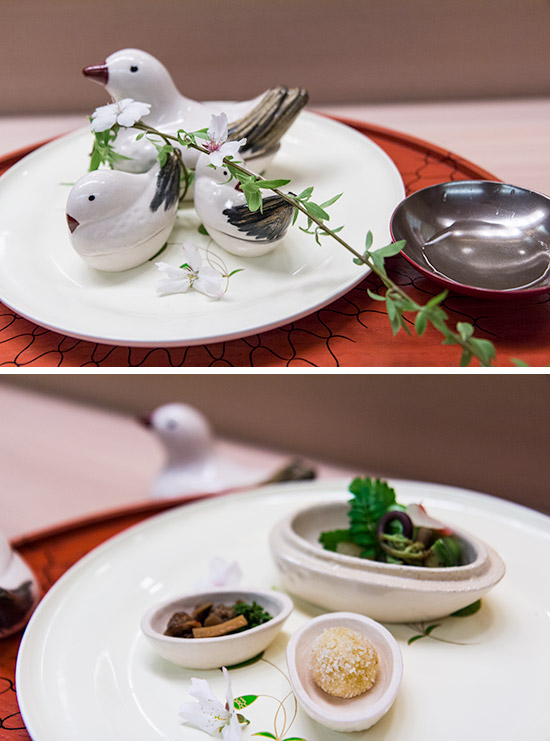
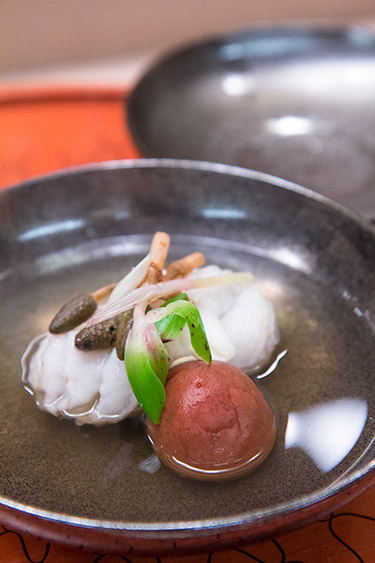
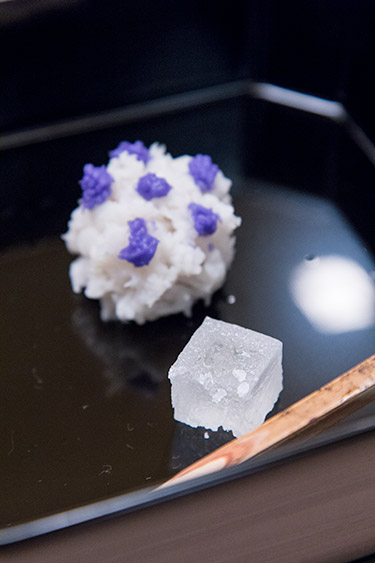
Day Two: After a night of rest and relaxation, we head out to see more Kyoto sights. First stop - the bus (extremely cramped) to Ninnaji Temple. This temple's popularity really skyrockets towards the end of the sakura (cherry blossom) season because it's got a garden of specially cultivated late blooming trees. There's a nominal (few hundred yen) entrance fee but totally worth it since if you're in Japan around this time you're probably here to see sakura anyway ... aren't you?
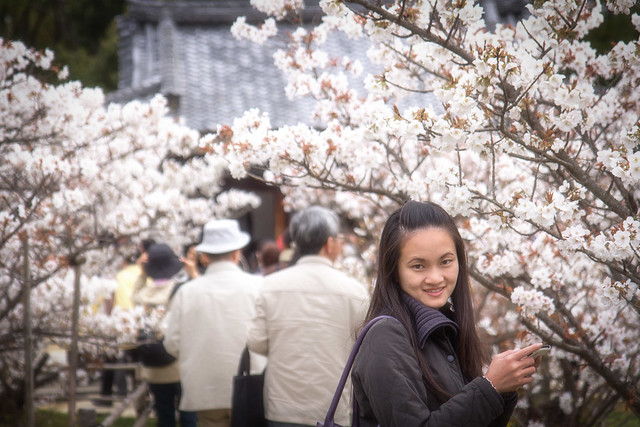
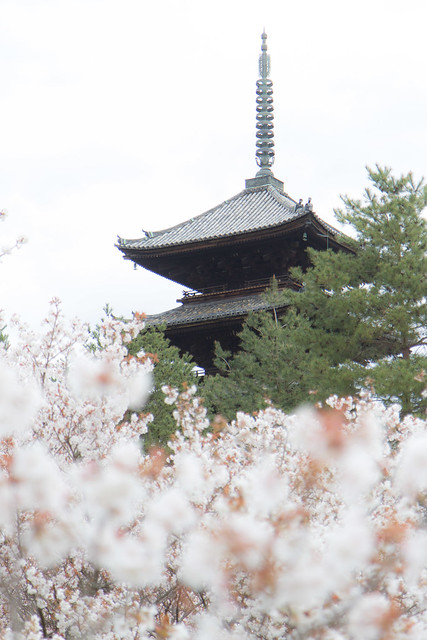
A short bus ride later, we find ourselves at yet another magnificent Kyoto temple - Kinkakuji, the Golden Pavilion. It really is more magnificent in person rather than seeing it in photos, especially after finding out that the temple isn't just painted Gold - it is really covered in actual Gold leaf. About 20 kilograms of it in total, apparently. Amazing how there hasn't been any attempt to steal any (or all) of it, hehe.
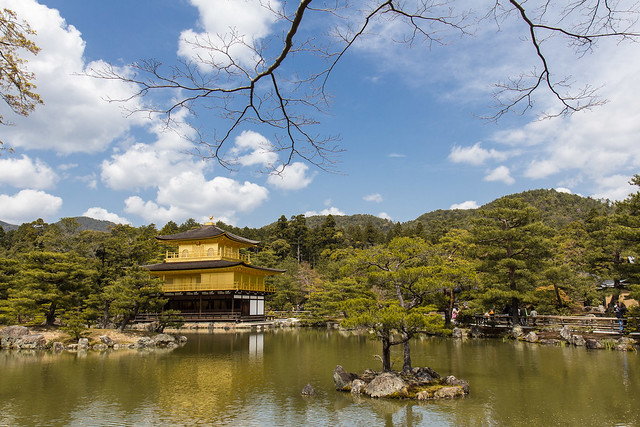
After Kinkakuji and on the way to Gion, we stop by at Hanaore to have a late lunch. Hanaore does one thing, and one thing only - serve the best sabazushi (Kyoto style Mackerel Sushi) in town. For about ¥1,500 or so you get 3 slices of the fattest, choicest Saba (Mackerel) from the Tokyo Bay area, vinegar'ed and packed on tightly packed sushi rice. It's a uniquely Kyoto-style dish and very good. Check out our full review of Hanaore here.
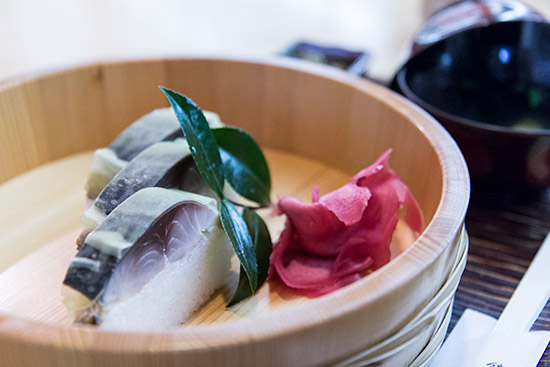
In Gion we really didn't do that much. We wandered around a bit hoping to see some Geiko or Maiko but without much success. So we headed over to the Kaburenjo Theater for the 141st annual Miyako Odori - Kyoto's Geiko & Maiko traditional Spring Dance. Tickets are ¥4,500, ¥4,000 or ¥2,000, and for your money you get to see dozens of geiko/maiko singing, dancing and playing musical instruments for about an hour. Pretty nice gaijin-friendly introduction into the world of the Geisha! Apologies for having no pictures of the performance itself as it was stressed repeatedly that photo taking was not allowed.

For Dinner we decided to try an actual Japanese kaitenzushi (conveyor belt sushi) place, so we walked to Musashi Sushi on the intersections of Kawaramachi dori and Sanjo dori. At a flat ¥137 per plate, it's cheap, cheerful and very foreigner friendly (since you don't actually need to order anything. Just sit, and take whatever you want from the conveyor belt). Of particular note is the Unagi sushi which was nicely grilled, big, and delicious, and totally value for money for that ¥137.

We then adjourned back to the Ryokan for our pre-booked soak in the public bathtub (make sure you shower first before entering the bath). And then headed to a nearby fast food restaurant (カフェラビット at Ebisunochō (Shichijōdōri))for ¥400 gyudon (beef with rice bowl) and udon combination for supper before bed :)
Day Three: We check out and drag our bags to the JR Kyoto station for the two and a half hour shinkansen ride to Tokyo.
So that concludes our two days in Kyoto. If you've read this far we hope that this short write-up has given you at least an idea as to what you could do in this city. If you've got any questions do leave us a comment below; otherwise we'll be back with our Tokyo write-up in the days to come!







